Place your adverts here on InfoDig @ low rates; banner ads, sponsored links and guest articles etc. Contact us
However, the government has failed to translate this to better electricity provision.
A data review by SaharaReporters has shown that the Nigerian government through distribution companies have recorded an upward growth in their revenue from 2015.
However, the government has failed to translate this to better electricity provision.
The review shows that in 2015, the revenue posted by the distribution companies stood at N278 billion, in 2023, it grew to N1.065 trillion and as of half year of 2024, the revenue earned stood at N682 billion.
Despite this consistent growth in revenue, which implies that with more customers, more money is being earned, the electricity available per customers has reduced, checks show.
Based on data by the National Bureau of Statistics, in 2015, the number of customers in the country stood at 6.99 million, however 20,337GWh of electricity was generated.
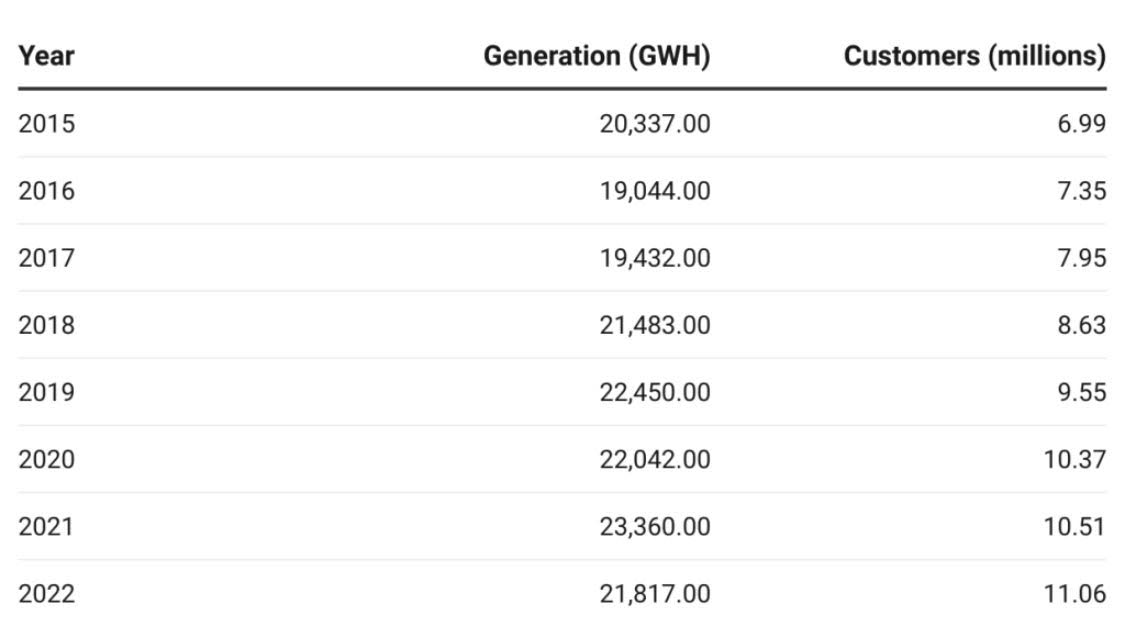
The figure grew to 7.35 million customers in 2016, however despite this surge in customers, power generation dropped to 19,044 GWh. In 2017, the number of customers grew to 7.95 million, however the power generation only increased to 19,432.
While the power generation for the whole of 2018 jumped to 21483 through the quarterly estimation for GWh, the total customers for the year also grew to 8.63 million. As of 2023, a total of 23924GWh was generated; however, customers increased to 12.118 million representing more demand.
In the first and second quarter of 2024, a total 11,381GWh was produced however the number of customers utilising this stood at 12.99 million.
In 2015, the generation capacity per customer stood at 0.002909GWh, it however dropped to 0.001974GWh as of half year 2024.
This development is also as only 49% of the country’s Power ministry’s Capital budget was actually released between 2020 and 2022.
In 2020, the sum of N128 billion was budgeted for the capital needs of the power ministry, only N68.7 billion was released, in 2021 N206 billion was budgeted with only N164.3 billion released.
The figure in 2022 stood at N296 billion, however only N75.7 billion was released.
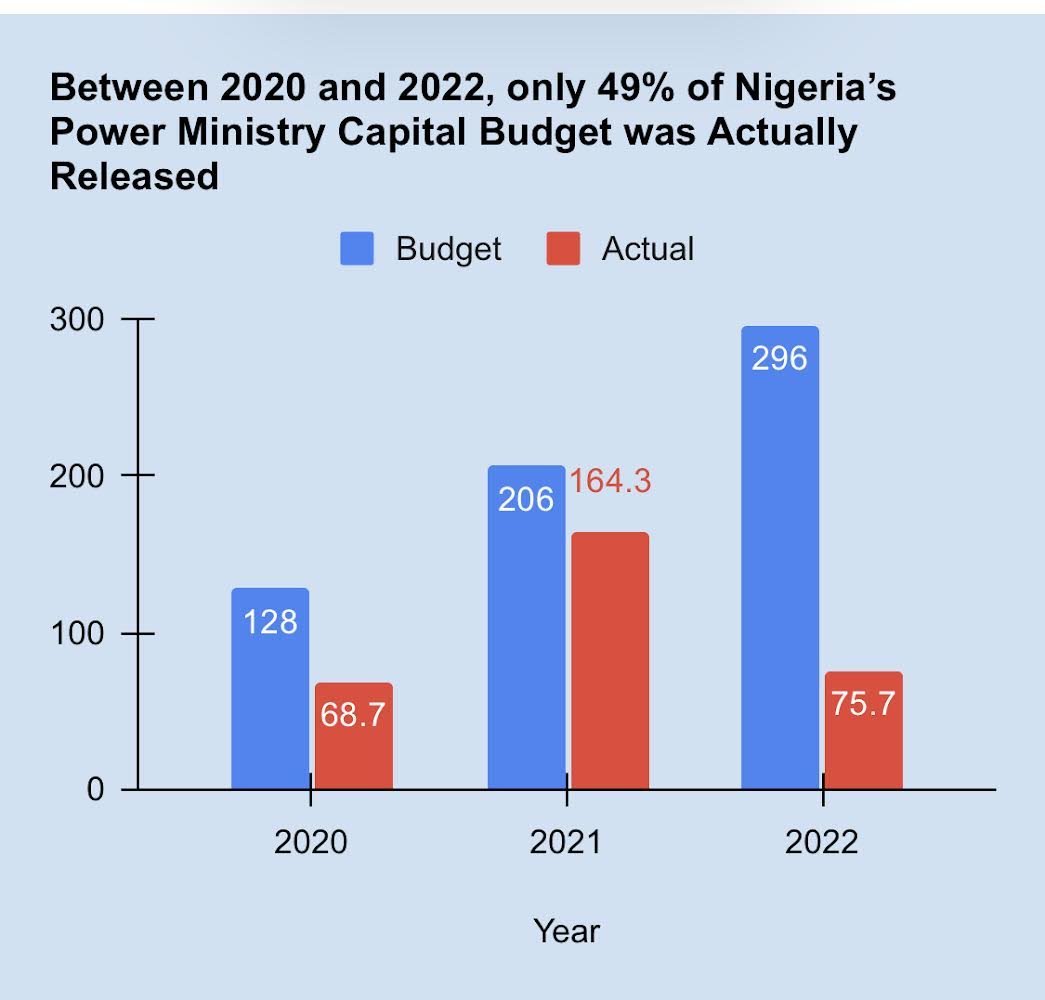
In 2015, the Nigerian Senate was told that Nigeria spent N2.74 trillion on power between 1999 and 2015.
Another report noted that the country spent N1.7 trillion on power between 2018 and 2020. Another report added that over $7.5 billion was spent on transmission alone under Buhari, yet the power sector problem has persisted.
The amounts mentioned here do not include N1.5 trillion lent by the Central Bank of Nigeria (CBN) to GenCos and DisCos as well as recurrent budgets over the years.
Data shows that while more Nigerians need electricity, the country’s generation capacity has yet to match them.
Nigeria has continued to face issues with the electricity sector, with constant grid failures and many reported dearth on electricity infrastructure.
Follow the Sahara Reporters channel on WhatsApp: https://whatsapp.com/channel/0029VaFClvtH5JM6SSsP7M2Y

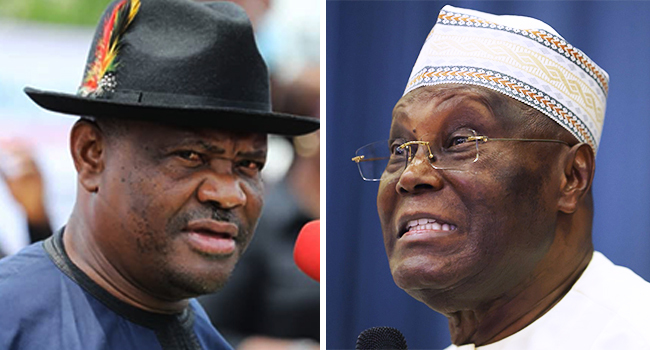

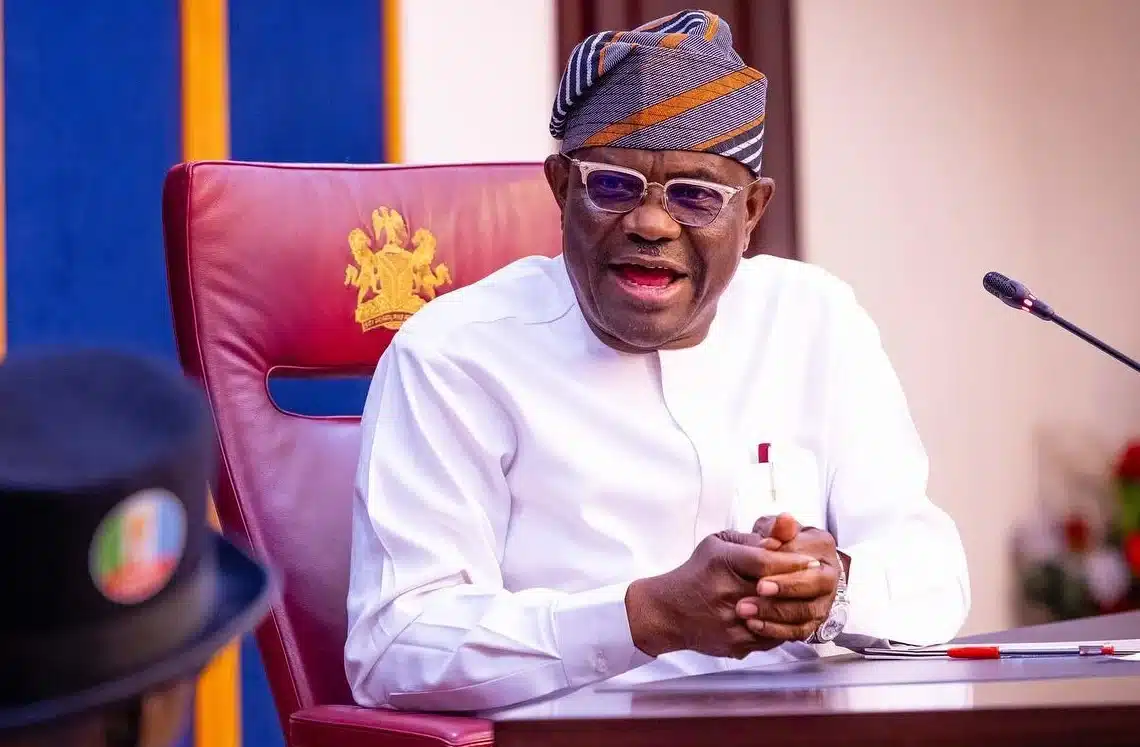




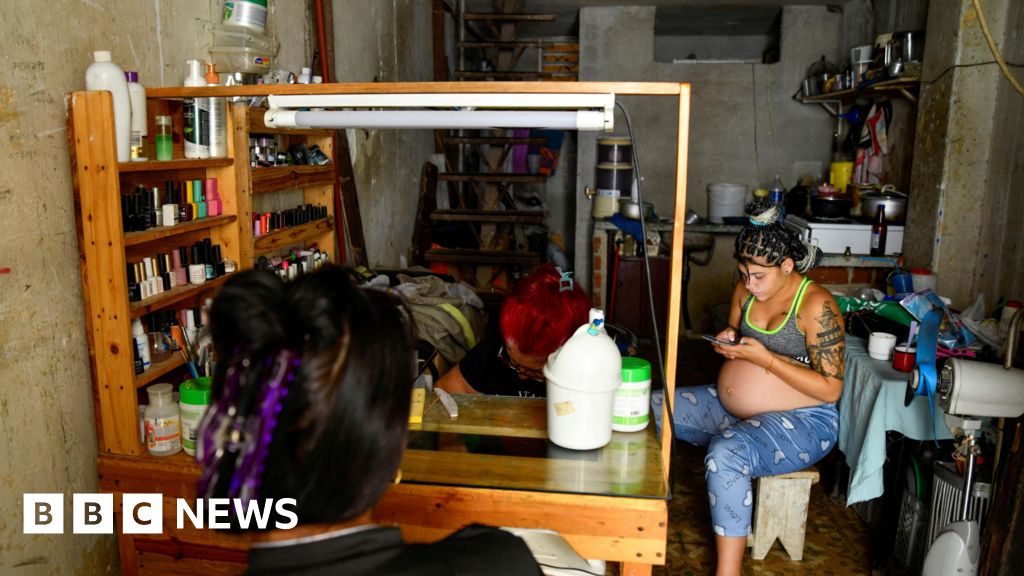


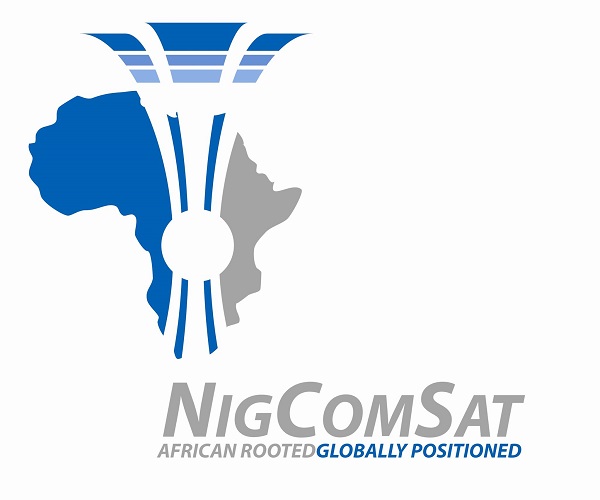

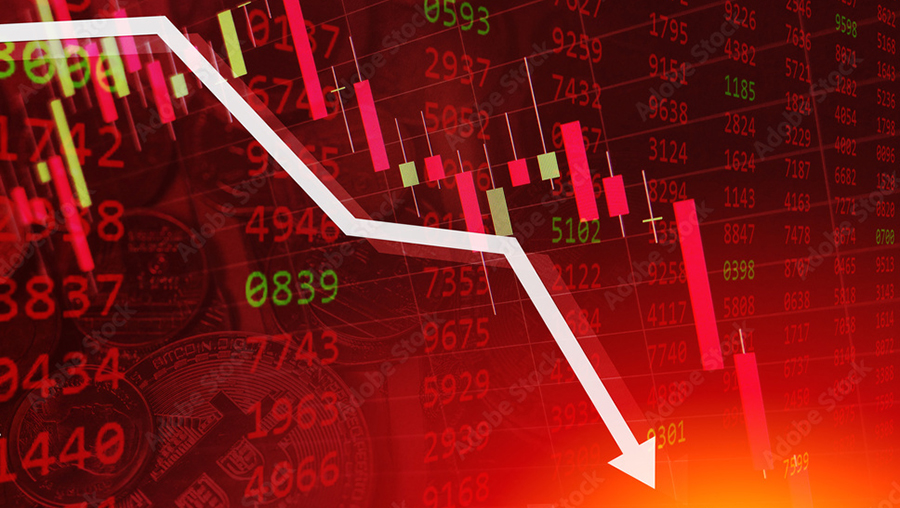

 English (US) ·
English (US) ·